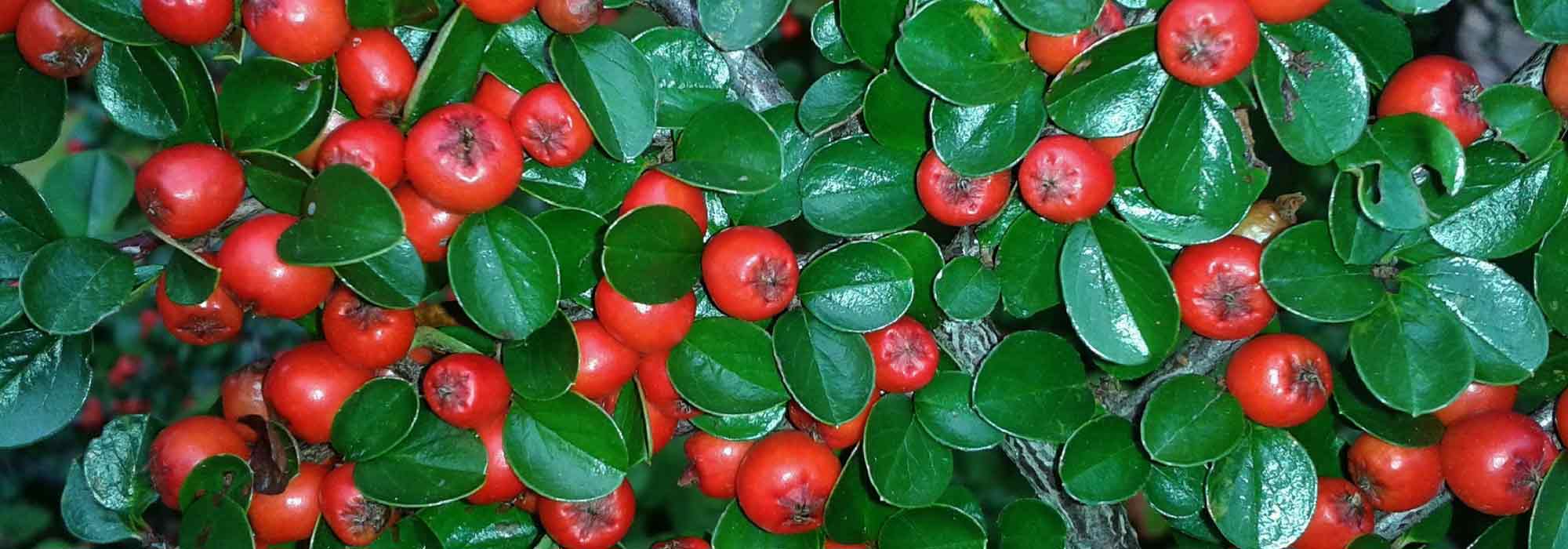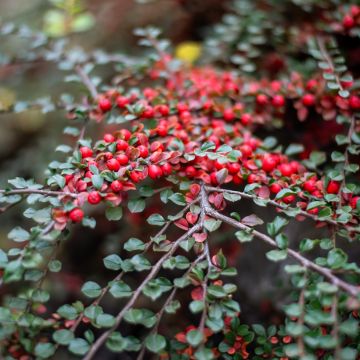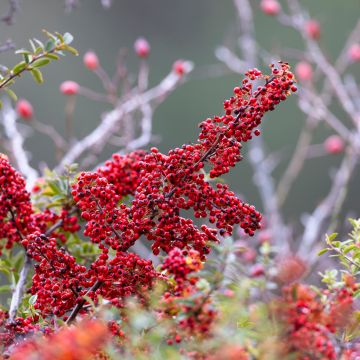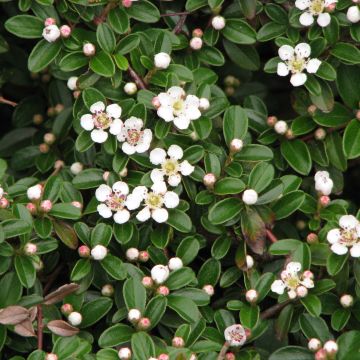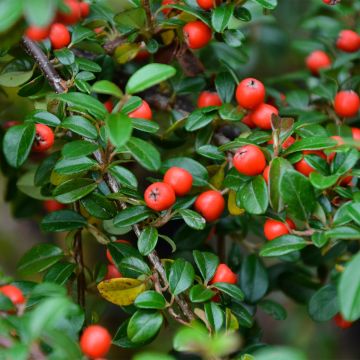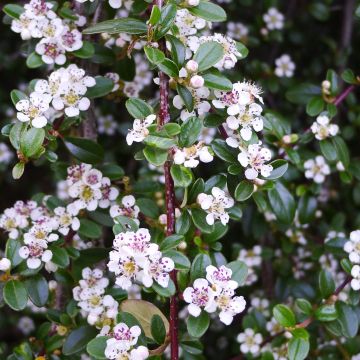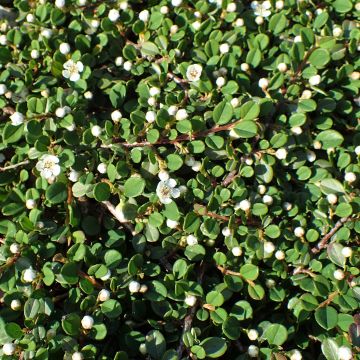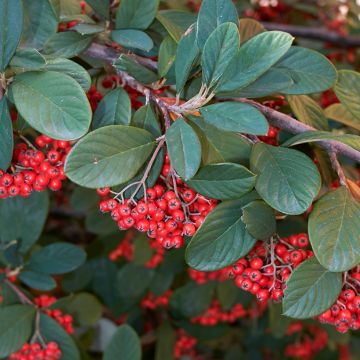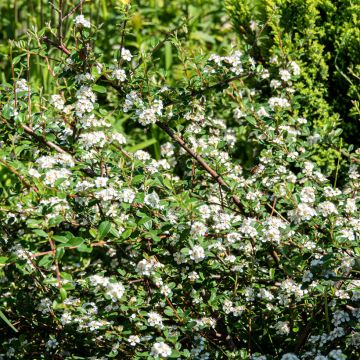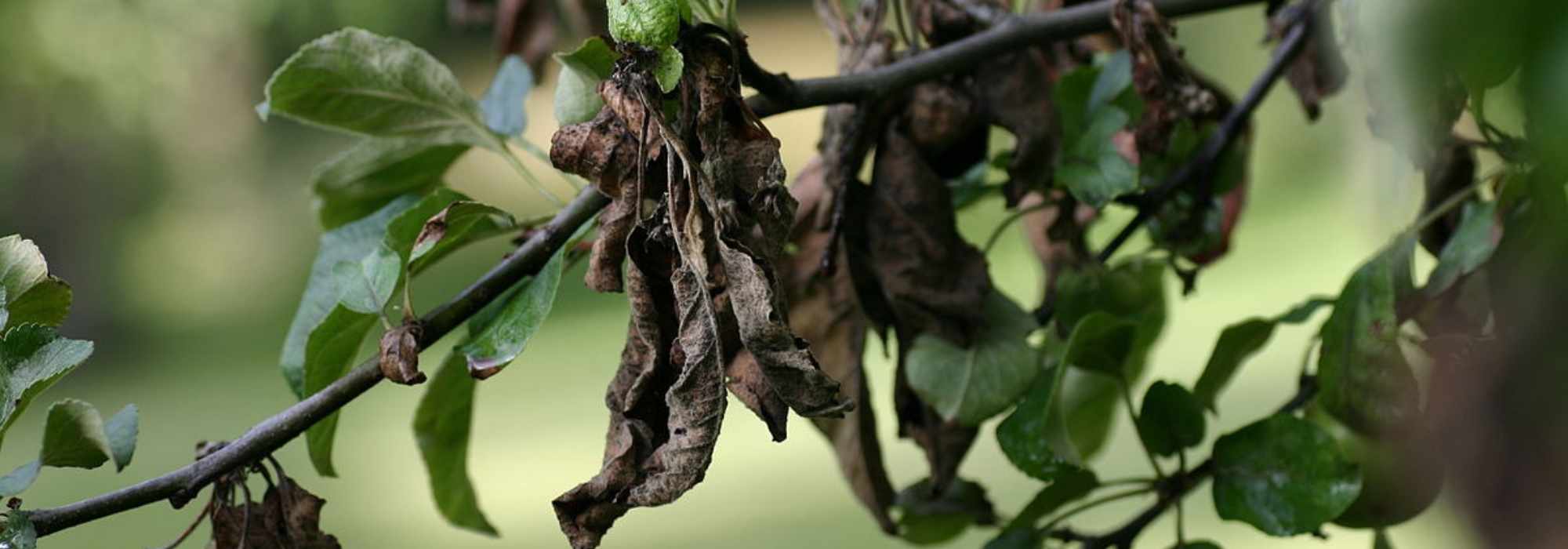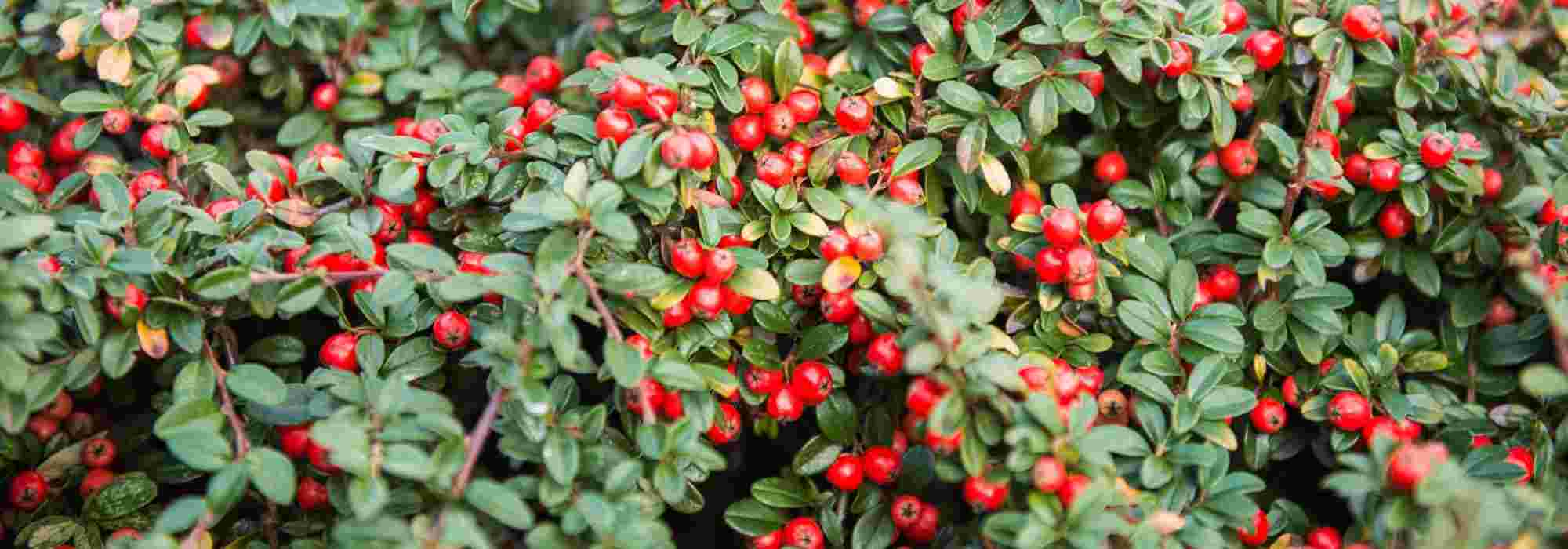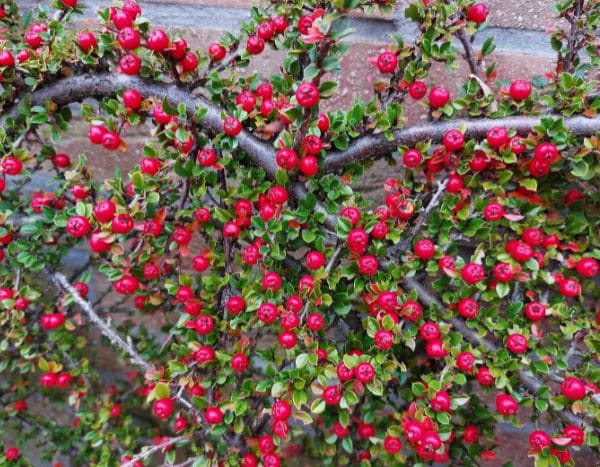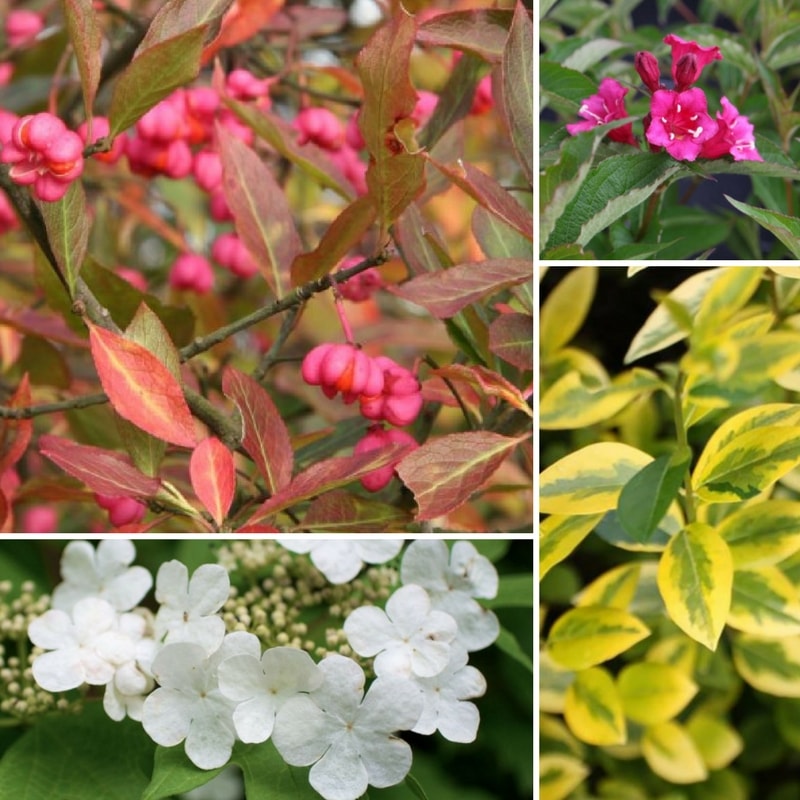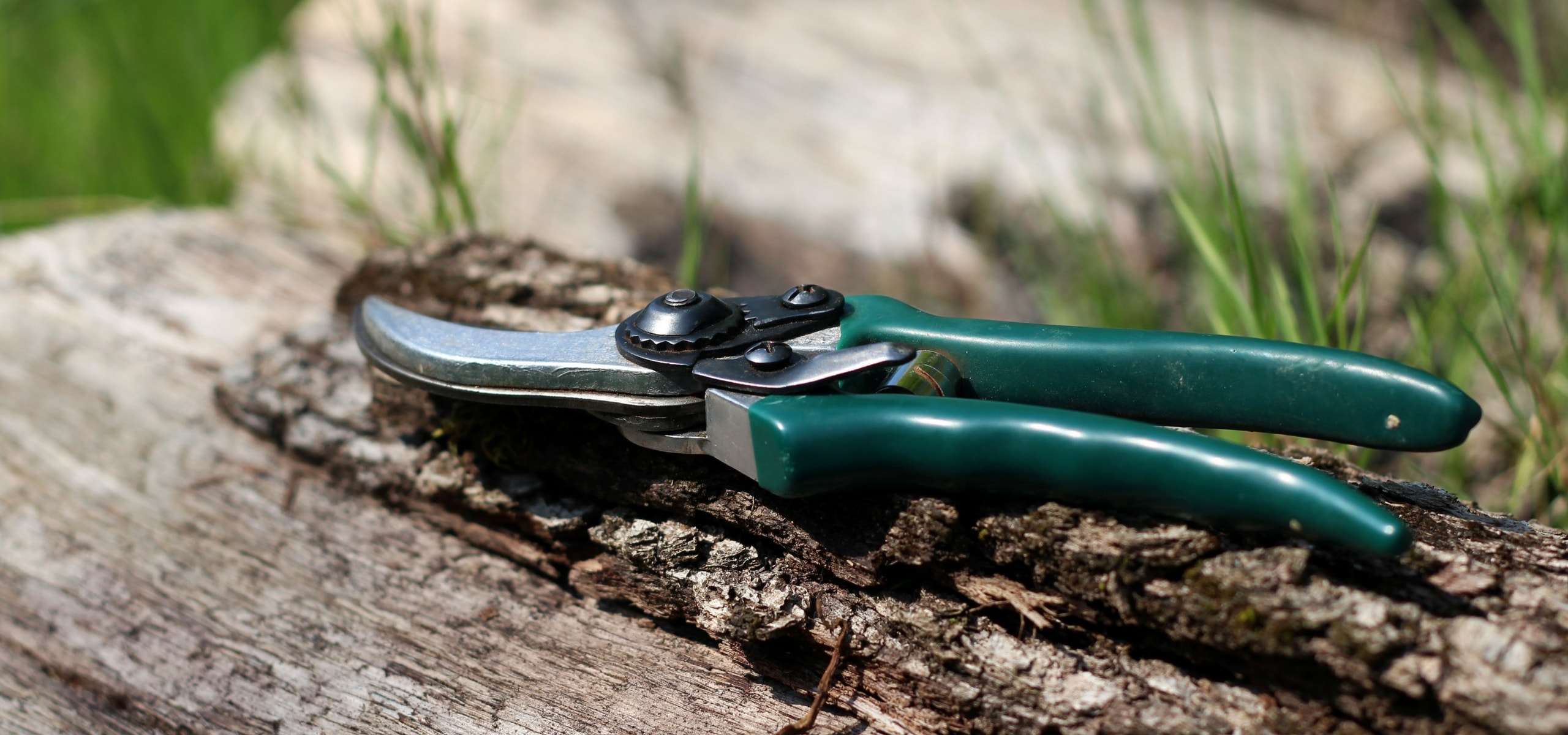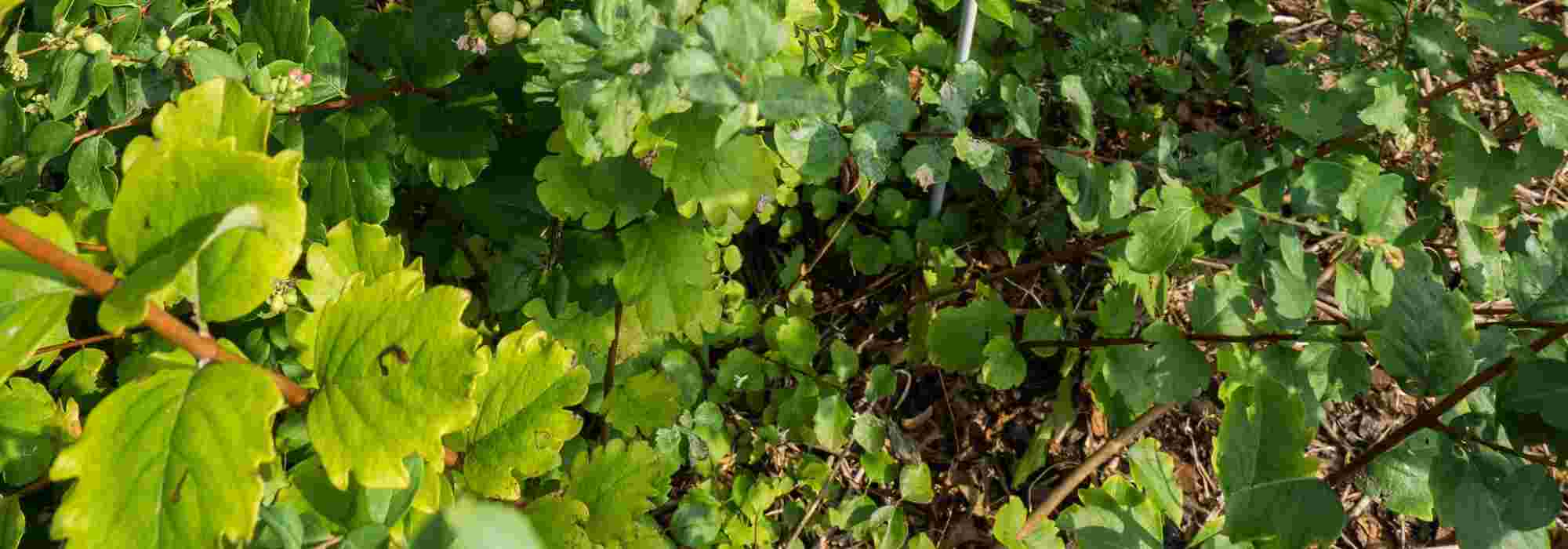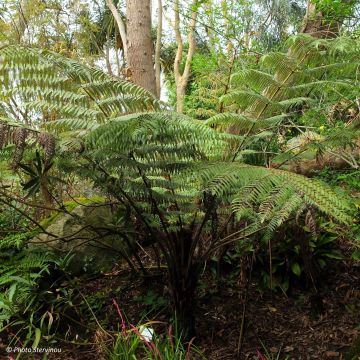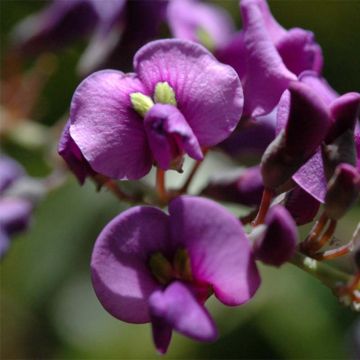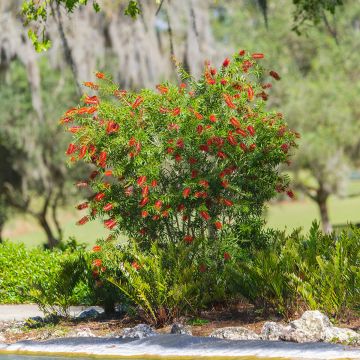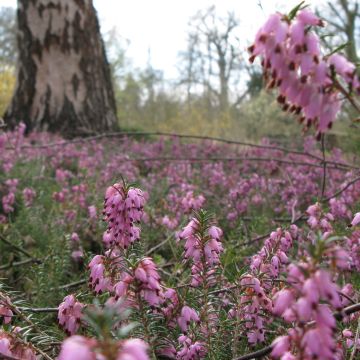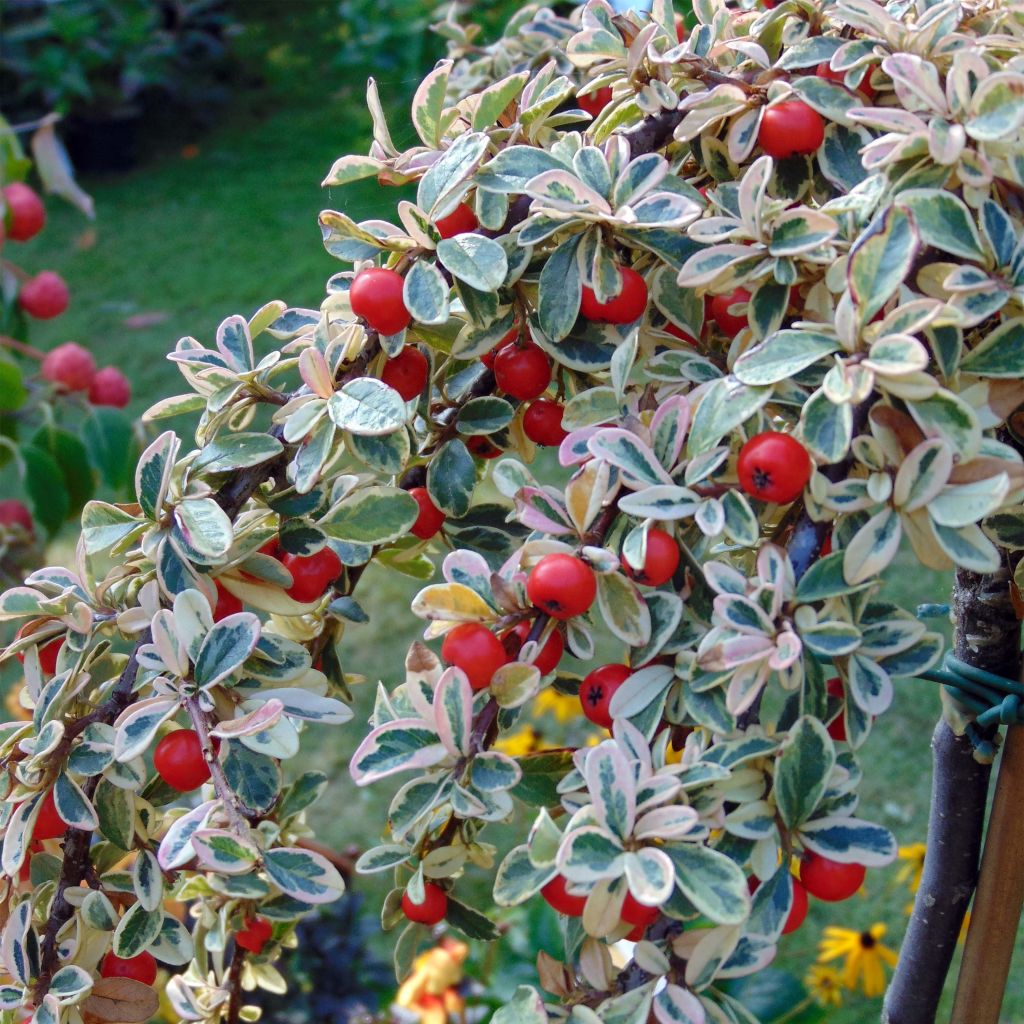

Cotoneaster suecicus Juliette
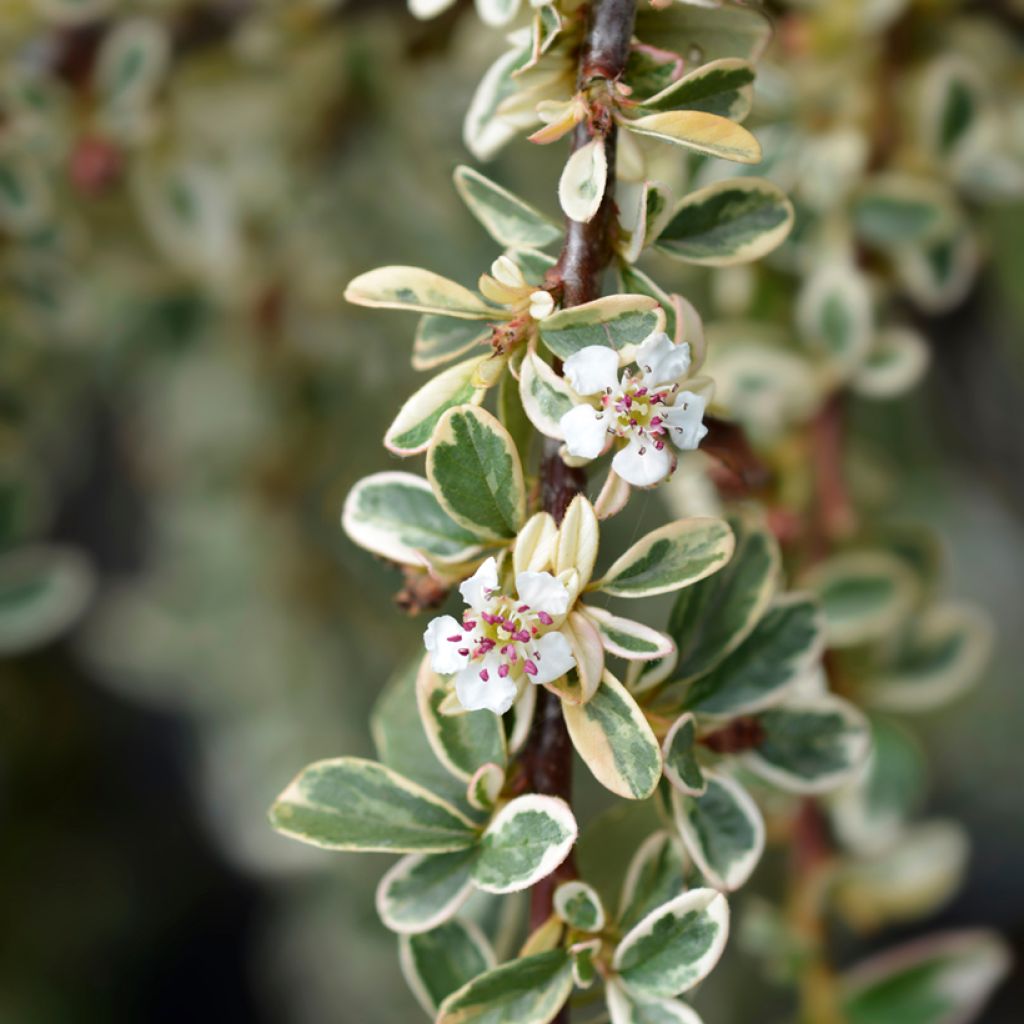

Cotoneaster suecicus Juliette
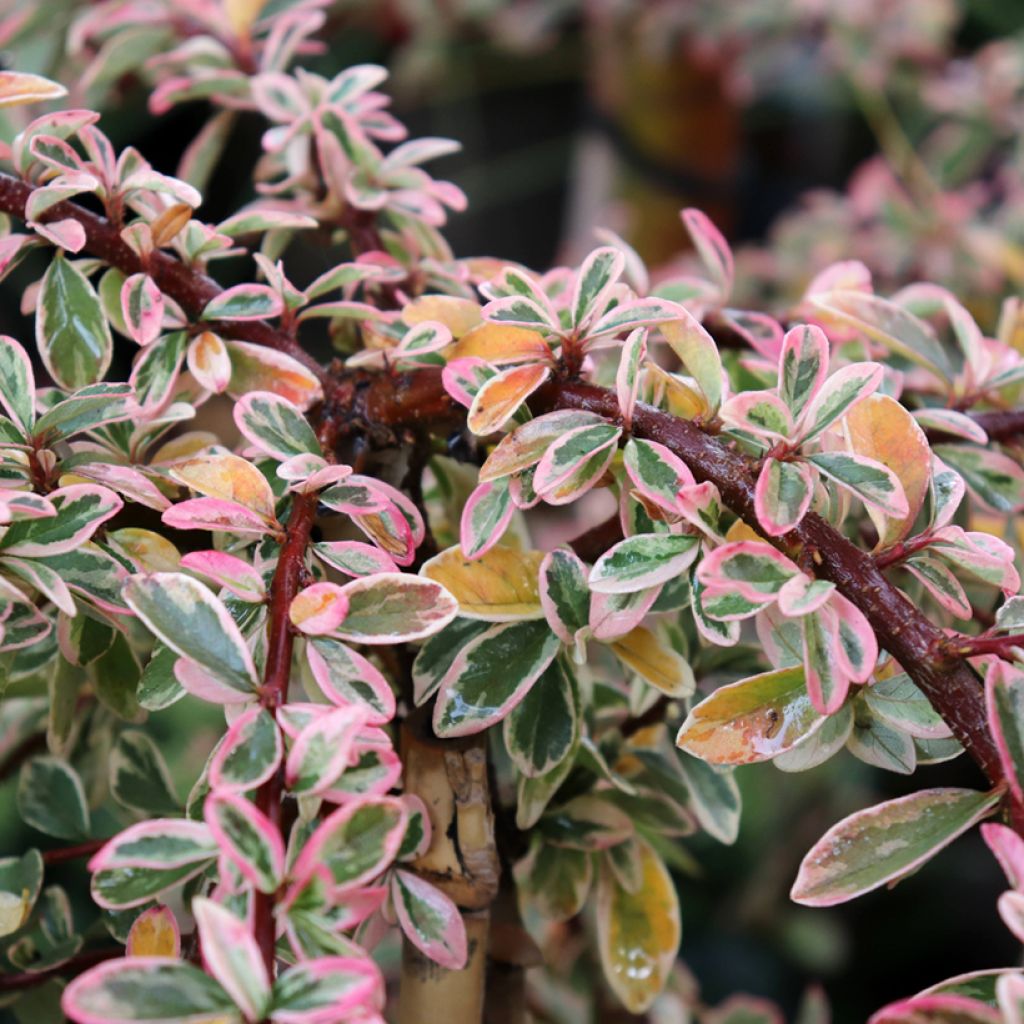

Cotoneaster suecicus Juliette
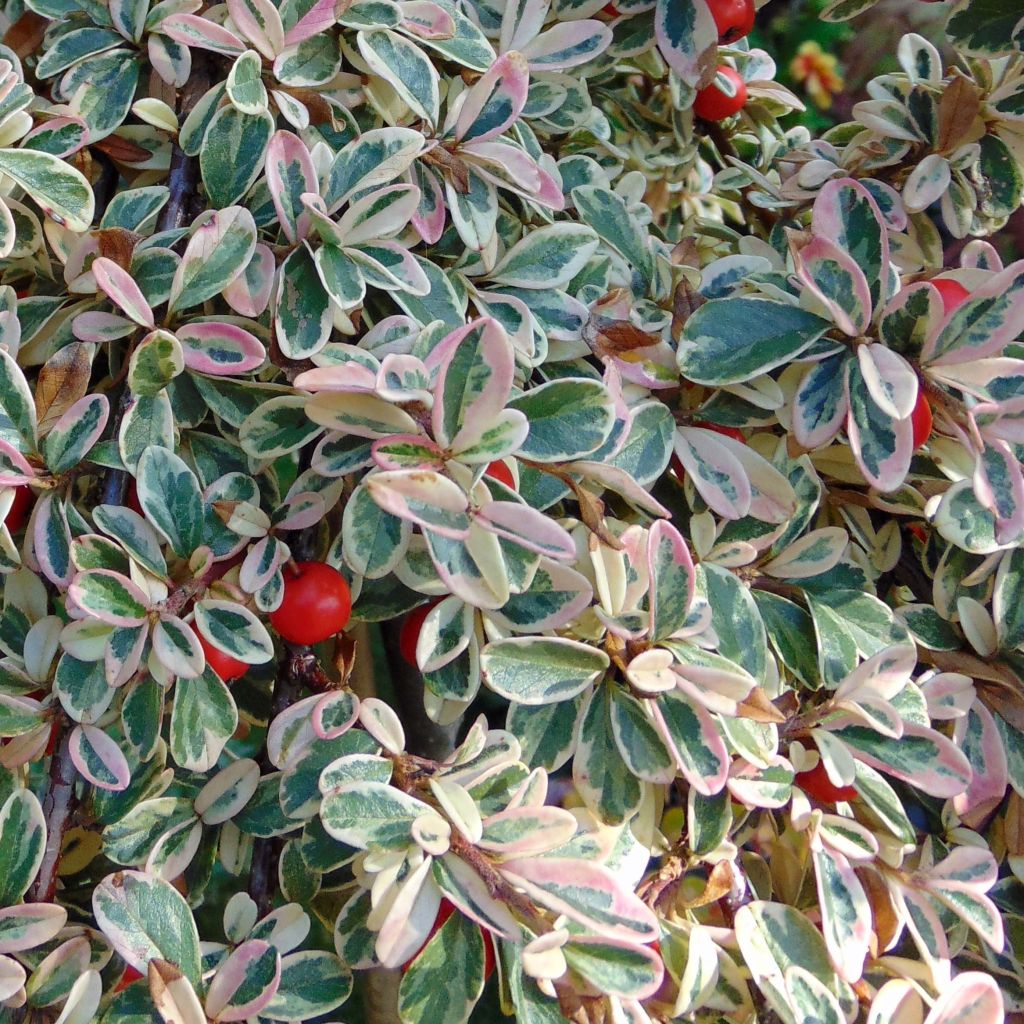

Cotoneaster suecicus Juliette
Cotoneaster suecicus Juliette
Cotoneaster suecicus Juliette
Swedish Cotoneaster
Happy with the plant, it's exactly what I wanted. Not too tall, so it's perfect.
Georges, 27/10/2025
Special offer!
Receive a €20 voucher for any order over €90 (excluding delivery costs, credit notes, and plastic-free options)!
1- Add your favorite plants to your cart.
2- Once you have reached €90, confirm your order (you can even choose the delivery date!).
3- As soon as your order is shipped, you will receive an email containing your voucher code, valid for 3 months (90 days).
Your voucher is unique and can only be used once, for any order with a minimum value of €20, excluding delivery costs.
Can be combined with other current offers, non-divisible and non-refundable.
Home or relay delivery (depending on size and destination)
Schedule delivery date,
and select date in basket
This plant carries a 24 months recovery warranty
More information
We guarantee the quality of our plants for a full growing cycle, and will replace at our expense any plant that fails to recover under normal climatic and planting conditions.
Would this plant suit my garden?
Set up your Plantfit profile →
Description
Cotoneaster suecicus 'Juliette' is a recent variety with beautiful variegated green foliage, turning red in autumn. This bush has a prostrate, spreading, and compact habit, making it an excellent ground cover, evergreen and robust. Its dense foliage limits the appearance of weeds on slopes, wall edges, or at the base of larger bushes in flowerbeds or rockeries. In June, it is covered with small white to pale pink flowers that develop into small, round red berries. Easy to cultivate, this bush will thrive even in shade and in poor soils, dry in summer.
Cotoneaster suecicus belongs to the large family of Rosaceae. It is a crossbreeding between Cotoneaster conspicuus and Cotoneaster dammeri, two species originating respectively from Tibet and central-western China. C. suecicus is a resistant and hardy bush, even when growing in poor and stony soil. The cultivar 'Juliette' has a spreading and creeping habit, supported by curved and flexible, reddish-brown branches. Its growth is quite slow, reaching a height of about 30 cm (11.8 in) and a spread of 1 m (3 ft 4 in) at maturity. Its semi-evergreen foliage is composed of small, thick and leathery oval-shaped leaves. Pink when in bud, becoming variegated green and pink and turning red in autumn. They have very small white to pink flowers with 5 petals, in June. This nectar-rich flowering gives way to fleshy, bright red fruits measuring 5 to 7 mm (0.2 to 0.3 in) in diameter and appreciated by birds.
This 'Juliette' cotoneaster is ideal as a ground cover in difficult areas of the garden, bringing a very neat touch and brightening it with its beautiful foliage. While it can grow in almost any conditions, it will be more fruitful in the sun and will develop faster in fertile and moist soil. Perfect at the base of a large hedge or in a shaded and bare corner of the garden, for example under a large tree, it can also be planted in a rockery to fill the spaces between other plants. Plant it on a slope, above a wall or retaining wall, at the edge of a terrace or an alley.
Cotoneaster suecicus Juliette in pictures


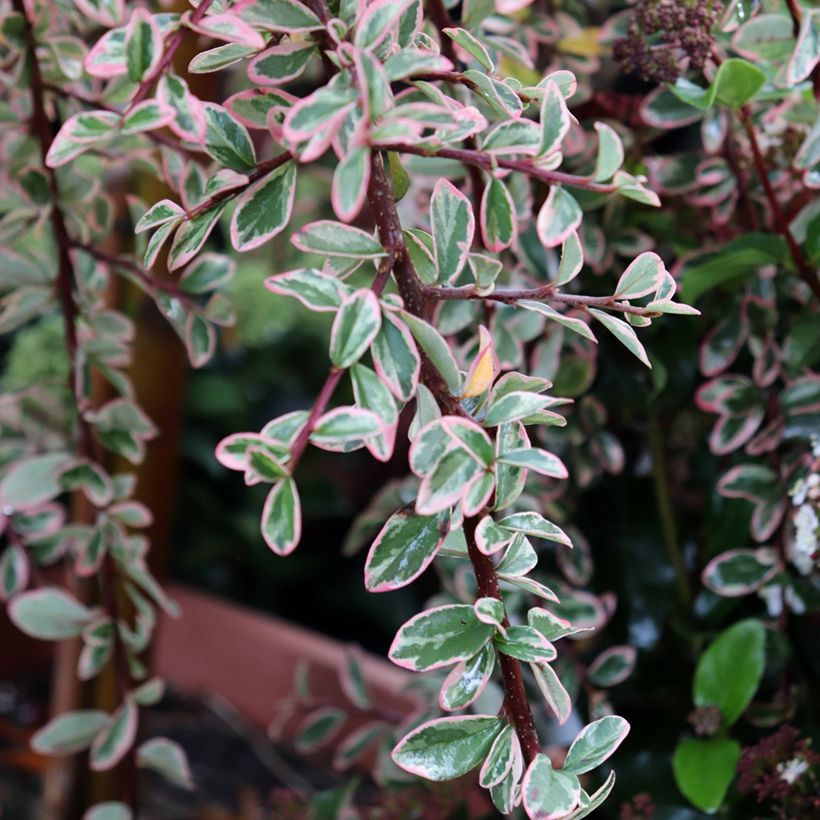

Plant habit
Flowering
Foliage
Botanical data
Cotoneaster
suecicus
Juliette
Rosaceae
Swedish Cotoneaster
Cultivar or hybrid
Other Cotoneaster
View all →Planting and care
Plant the 'Juliette' Cotoneaster in a sunny location for it to flower and fruit more abundantly. Partial shade, or even shade, is not a problem in hot and dry regions. It requires well-draining soil as it dislikes excess moisture. However, its tolerance to drought is excellent once well-established. It will adapt to slightly acidic, neutral, or even limestone, as well as rocky, soils.
Planting period
Intended location
Care
Planting & care advice
-
, onOrder confirmed
Reply from on Promesse de fleurs
Similar products
Haven't found what you were looking for?
Hardiness is the lowest winter temperature a plant can endure without suffering serious damage or even dying. However, hardiness is affected by location (a sheltered area, such as a patio), protection (winter cover) and soil type (hardiness is improved by well-drained soil).

Photo Sharing Terms & Conditions
In order to encourage gardeners to interact and share their experiences, Promesse de fleurs offers various media enabling content to be uploaded onto its Site - in particular via the ‘Photo sharing’ module.
The User agrees to refrain from:
- Posting any content that is illegal, prejudicial, insulting, racist, inciteful to hatred, revisionist, contrary to public decency, that infringes on privacy or on the privacy rights of third parties, in particular the publicity rights of persons and goods, intellectual property rights, or the right to privacy.
- Submitting content on behalf of a third party;
- Impersonate the identity of a third party and/or publish any personal information about a third party;
In general, the User undertakes to refrain from any unethical behaviour.
All Content (in particular text, comments, files, images, photos, videos, creative works, etc.), which may be subject to property or intellectual property rights, image or other private rights, shall remain the property of the User, subject to the limited rights granted by the terms of the licence granted by Promesse de fleurs as stated below. Users are at liberty to publish or not to publish such Content on the Site, notably via the ‘Photo Sharing’ facility, and accept that this Content shall be made public and freely accessible, notably on the Internet.
Users further acknowledge, undertake to have ,and guarantee that they hold all necessary rights and permissions to publish such material on the Site, in particular with regard to the legislation in force pertaining to any privacy, property, intellectual property, image, or contractual rights, or rights of any other nature. By publishing such Content on the Site, Users acknowledge accepting full liability as publishers of the Content within the meaning of the law, and grant Promesse de fleurs, free of charge, an inclusive, worldwide licence for the said Content for the entire duration of its publication, including all reproduction, representation, up/downloading, displaying, performing, transmission, and storage rights.
Users also grant permission for their name to be linked to the Content and accept that this link may not always be made available.
By engaging in posting material, Users consent to their Content becoming automatically accessible on the Internet, in particular on other sites and/or blogs and/or web pages of the Promesse de fleurs site, including in particular social pages and the Promesse de fleurs catalogue.
Users may secure the removal of entrusted content free of charge by issuing a simple request via our contact form.
The flowering period indicated on our website applies to countries and regions located in USDA zone 8 (France, the United Kingdom, Ireland, the Netherlands, etc.)
It will vary according to where you live:
- In zones 9 to 10 (Italy, Spain, Greece, etc.), flowering will occur about 2 to 4 weeks earlier.
- In zones 6 to 7 (Germany, Poland, Slovenia, and lower mountainous regions), flowering will be delayed by 2 to 3 weeks.
- In zone 5 (Central Europe, Scandinavia), blooming will be delayed by 3 to 5 weeks.
In temperate climates, pruning of spring-flowering shrubs (forsythia, spireas, etc.) should be done just after flowering.
Pruning of summer-flowering shrubs (Indian Lilac, Perovskia, etc.) can be done in winter or spring.
In cold regions as well as with frost-sensitive plants, avoid pruning too early when severe frosts may still occur.
The planting period indicated on our website applies to countries and regions located in USDA zone 8 (France, United Kingdom, Ireland, Netherlands).
It will vary according to where you live:
- In Mediterranean zones (Marseille, Madrid, Milan, etc.), autumn and winter are the best planting periods.
- In continental zones (Strasbourg, Munich, Vienna, etc.), delay planting by 2 to 3 weeks in spring and bring it forward by 2 to 4 weeks in autumn.
- In mountainous regions (the Alps, Pyrenees, Carpathians, etc.), it is best to plant in late spring (May-June) or late summer (August-September).
The harvesting period indicated on our website applies to countries and regions in USDA zone 8 (France, England, Ireland, the Netherlands).
In colder areas (Scandinavia, Poland, Austria...) fruit and vegetable harvests are likely to be delayed by 3-4 weeks.
In warmer areas (Italy, Spain, Greece, etc.), harvesting will probably take place earlier, depending on weather conditions.
The sowing periods indicated on our website apply to countries and regions within USDA Zone 8 (France, UK, Ireland, Netherlands).
In colder areas (Scandinavia, Poland, Austria...), delay any outdoor sowing by 3-4 weeks, or sow under glass.
In warmer climes (Italy, Spain, Greece, etc.), bring outdoor sowing forward by a few weeks.






























